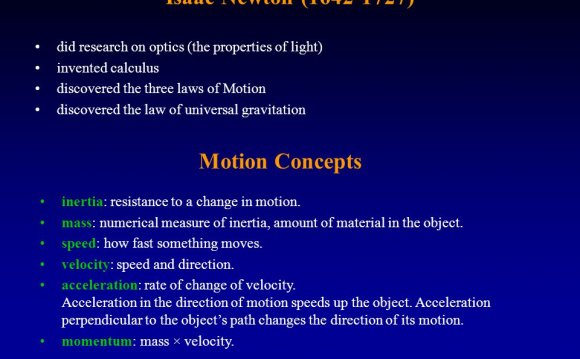
 |
| Isaac Newton laid the blueprints for his three laws of motion, still recited by physics students, in 1666.
Credit: Library of Congress |
When little baby Isaac was born in a Lilliputian English village, premature and small enough to fit into a quart pot, he wasn't expected to survive.
To the probable dismay of some befuddled calculus and physics students the world over, Isaac Newton didn't just live, he grew up and lived long enough to become the single-most influential scientist of the 17th-century.
Newton's wide range of discoveries, from his theories of optics to his groundbreaking work on the laws of motion and gravity, formed the basis for modern physics.
The true genius of his work, experts think, is how he ultimately took those theories and applied them to the universe at large, explaining the motions of the Sun and planets in a way that had never been done before.
Laws born in the plague
The common image of Isaac Newton is that of a white-haired scientist crouched at the base of a tree. Upon getting bumped on the head by a falling apple, Newton airily dreams up the laws of gravity and the rest, as they say, is history.
There is probably only a bit of truth to the apple legend, historians say, but Newton was already in the midst of some very important discoveries before that alleged fruit incident at Cambridge University.
Isaac Newton was born in 1642, the year of Galileo's death, and from a young age showed interest in formal education — not a given in that era — rather than farming. When the black plague closed Cambridge University, where he was a student, for two years starting in 1665, he spent the long months locked up at home studying complex mathematics, physics and optics.
By 1666, Newton had even laid the blueprints for his three laws of motion, still recited by physics students everywhere:
- An object will remain in a state of inertia unless acted upon by force.
- The relationship between acceleration and applied force is F=ma.
- For every action there is an equal and opposite reaction.
What Newton didn't understand up to that point, and would spend the next two decades studying, was how those laws of motion related to the Earth, Moon and Sun – a concept he called "gravity."
Simply explaining the universe
Urged on and funded by astronomer Edmond Halley, who was also at Cambridge observing the path of a now-famous comet, Newton dove into the study of gravitational force in the 1670s and '80s.
The result of Newton's research was his seminal work published in 1687, the Principia, considered by many as the greatest science book ever written.
Across the pages of the Principia, Newton breaks down the workings of the solar system into "'simple"' equations, explaining away the nature of planetary orbits and the pull between heavenly bodies. In describing why the Moon orbits the Earth and not vice-versa (it's because the Earth is so much heavier), the book literally changed the way people saw the universe.
INTERESTING VIDEO











